‘To live is to keep learning’ - Kataoka Mami, Artistic Director, Aichi Triennale 2022
In our third photo essay from Japan, we showcase more outstanding artworks on display at this four-city art festival. Read, enjoy, and share.
Launched in 2014, PhotoSparks is a weekly feature from YourStory, with photographs that celebrate the spirit of creativity and innovation. In the earlier 645 posts, we featured an art festival, cartoon gallery. world music festival, telecom expo, millets fair, climate change expo, wildlife conference, startup festival, Diwali rangoli, and jazz festival.
The Aichi Triennale, launched in 2010 in Japan, is an international art festival that was held this year across four cities. In this photo essay, we feature some of the artworks on display at the Ichinomiya city venues.
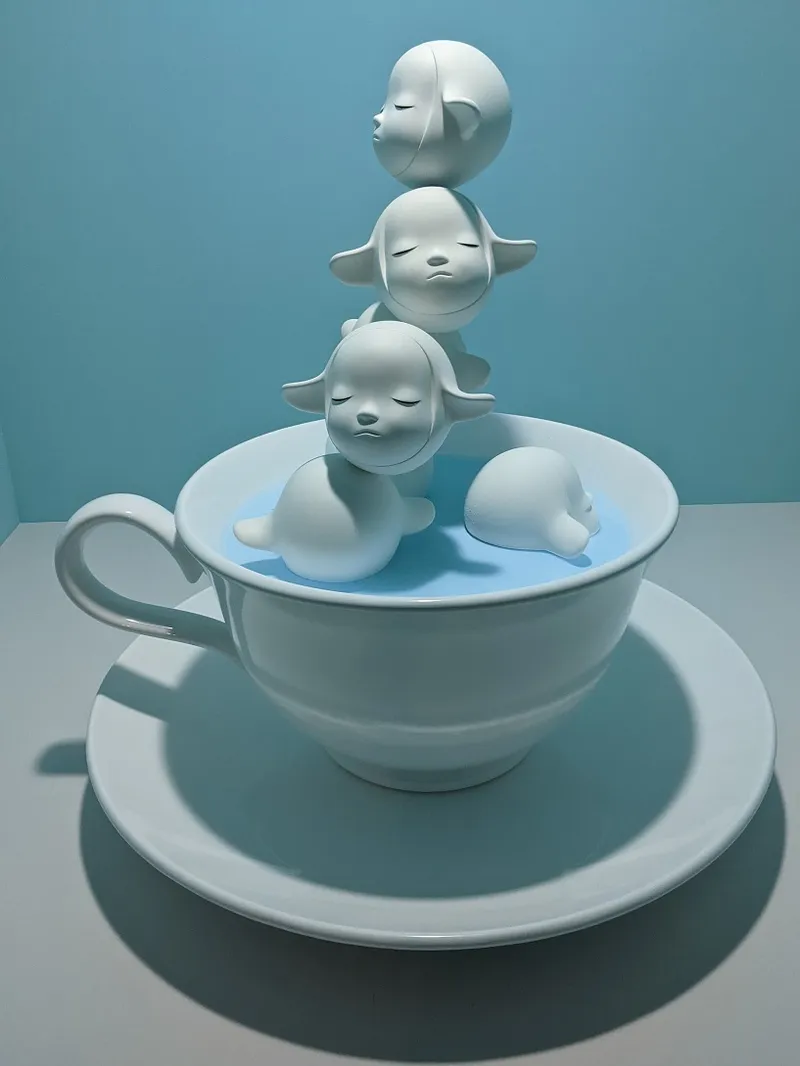
The theme of Aichi Triennale 2022 is Still Alive, based on the spirit of resilience in the aftermath of the COVID-19 pandemic. The red heart-shaped logo of the festival reflects this theme as well.
“Forms of art experienced through the body and the five senses are a direct reminder of being alive,” explains Kataoka Mami, Artistic Director, Aichi Triennale 2022.
See Part I and Part II of my coverage of the three-month festival, and my earlier photo essays on the Kochi-Muziris Biennale and Bangkok Biennale.
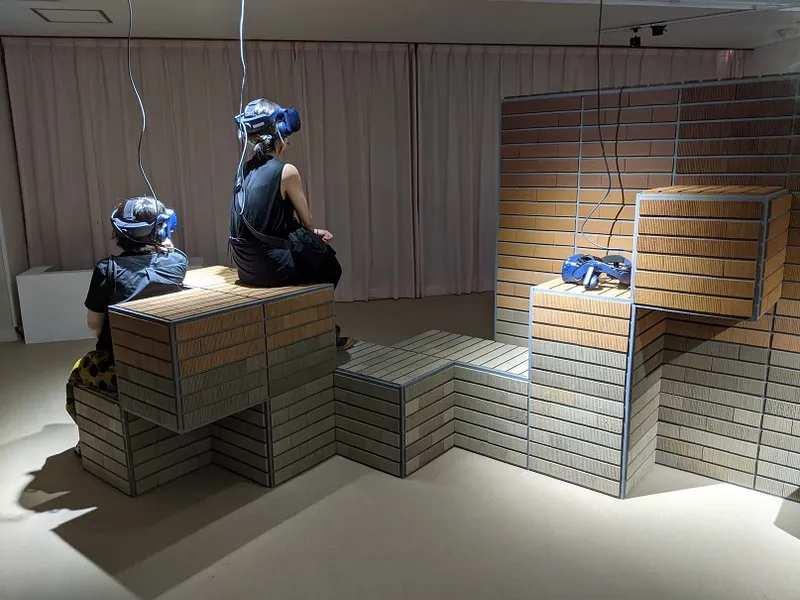
[Year in Review 2021] Amid COVID-19, these 10 non-profits created social impact this year
“An awareness of environmental issues and sustainability is something that inherits and builds on the history of the Aichi Triennale, which was established as a legacy of Expo 2005 Aichi, Japan,” Kataoka adds.
Featured artists at the venues in Ichinomiya city, some of whose works are showcased in this photo essay, include Lothar Baumgarten, Jackie Karuti, Ishiguro Kenichi, Shiota Chiharu, Hsu Chia-Wei, Matthias Liechti, Leonor Antunes, and Mukai Eriko.
“At Aichi Triennale 2022, we will ponder the meaning of life in these difficult times through powerful expressions where the act of living is strongly linked to artistic creation,” Kataoka affirms.
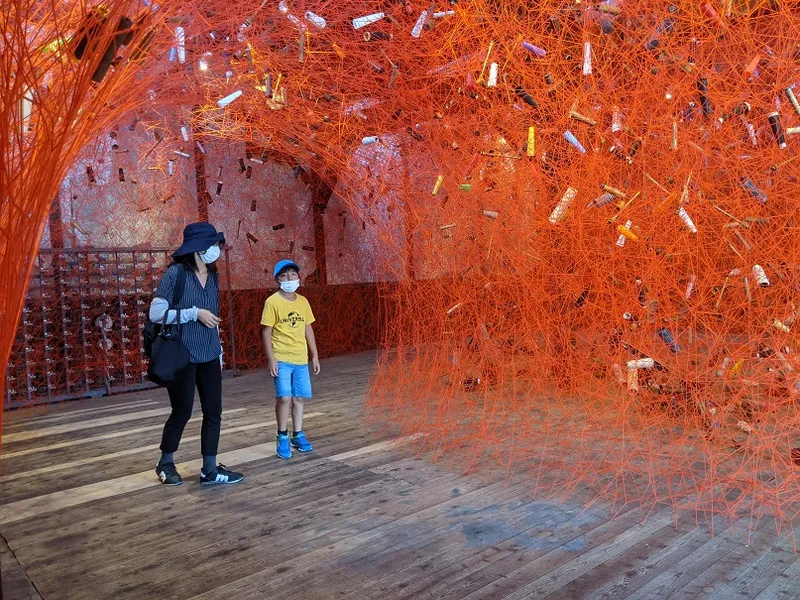
Some of the artistic highlights were Fountain of Life by Nara Yoshitomo, the ice rink installations and videos by Anne Imhof, and the interactive motion video by the Watermelon Sisters.
“Recent years have seen a reassessment of the development of modern art in a wide range of cultural spheres and a reappraisal of artistic practices that straddle both craft and fine art, as well as the artistic production of indigenous peoples,” Kataoka emphasises.
The various artworks depict the circles of life, installations inspired by textile mills and weaves, immersive virtual reality worlds, river valleys of Latin America, species under threat of extinction, human anatomy, and science fiction.
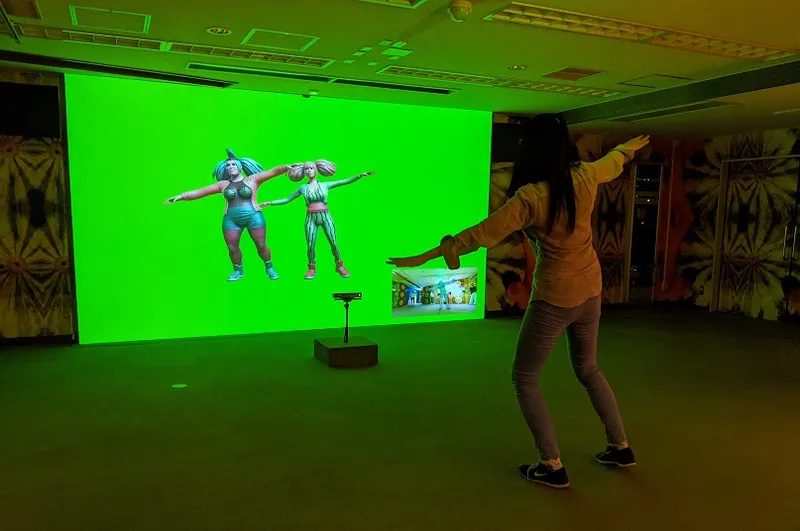
[Year in Review 2021] How women entrepreneurs pivoted during the pandemic and saw tangible results
“In a contemporary society with highly developed social media networks, communication using short words and symbols has become more prevalent. Aichi Triennale 2022 will also have a focus on poetry and other text-based forms of artistic expression,” Kataoka describes.
Aichi Triennale 2022 offered a variety of learning programmes as well. “They seek to deepen one's understanding of the works of art and ensure that the experiences and emotions gleaned at the festival will become etched in one's memory, providing one with wisdom, knowledge, and a sense of spirituality that can be applied to the rest of oneʼs life,” she adds.
The heart shape of the festival logo is similar to the overall shape of Aichi prefecture and to the contours of Mikawa Bay, according to Tanaka Yoshihisa, Official Designer, Aichi Triennale 2022.
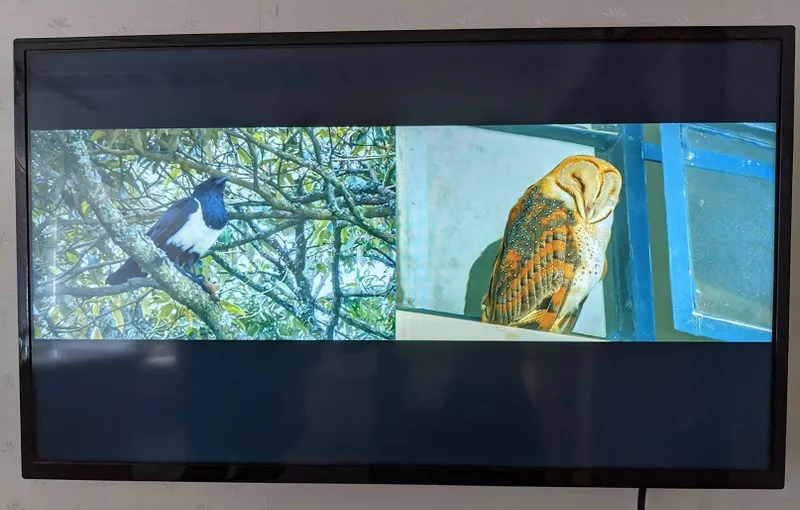
Tanaka earlier handled visual identity planning for the 58th Venice Biennale and the Tokyo Art Book Fair. His exhibitions have been featured at the Shiseido Gallery and the Museum of Modern Art in Saitama.
“The kanji character ai in Aichi Prefectureʼs name means ‘love,’ and the logo also speaks to our enduring love for this region,” he adds.
Some of the venues in Ichinomiya are along the road leading up to the famous Masumida shrine, including the City Hall, the former Central Nursing School, and Ice Skate Rink. The art themes span prayer, mental health, gender, LGBTQ, and nature.

The artistic encounters and experiences truly generated a wellspring of positive energy. “That will help us to live for tomorrow, in each and every moment that life brings our way,” artistic director Kataoka affirms.
“To live is to keep learning,” Kataoka sums up.
Now, what have you done today to pause in your busy schedule and find new avenues to apply your creativity?
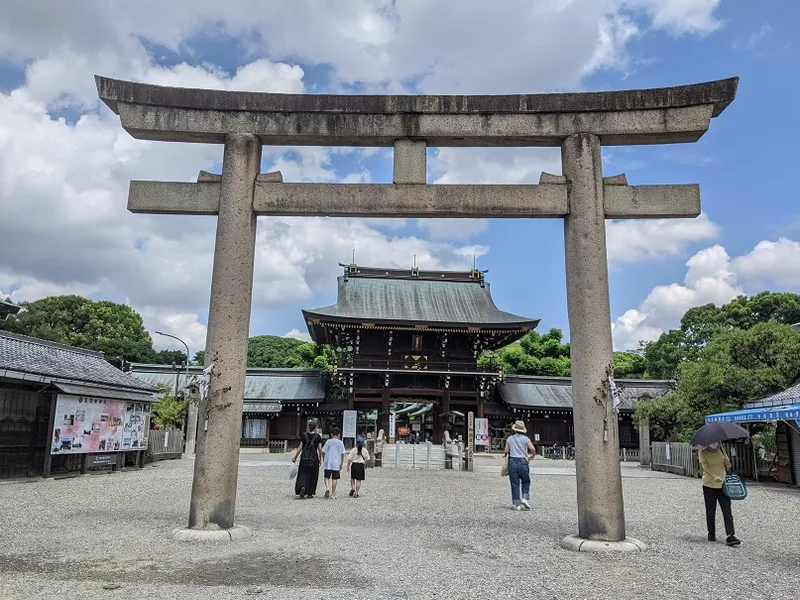
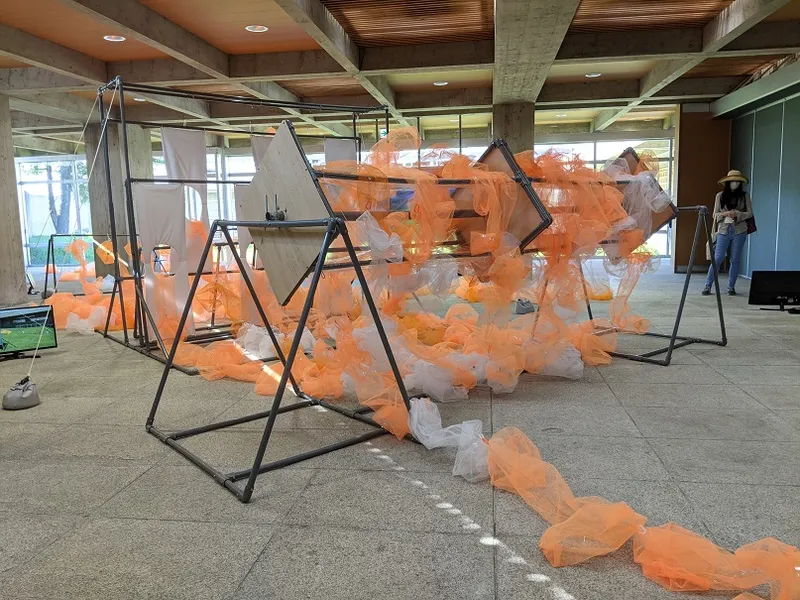
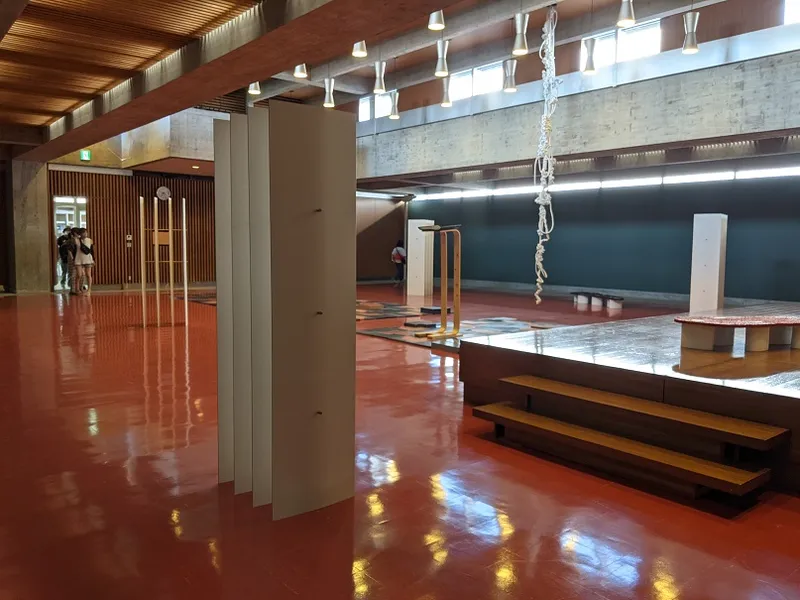
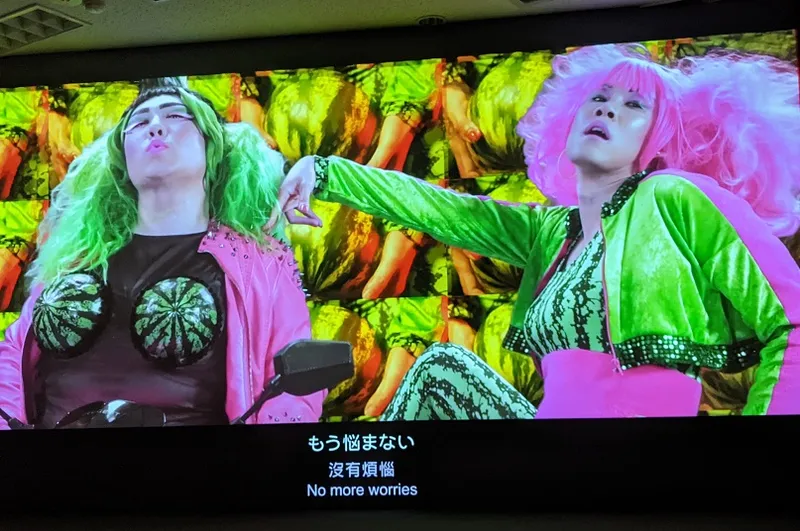

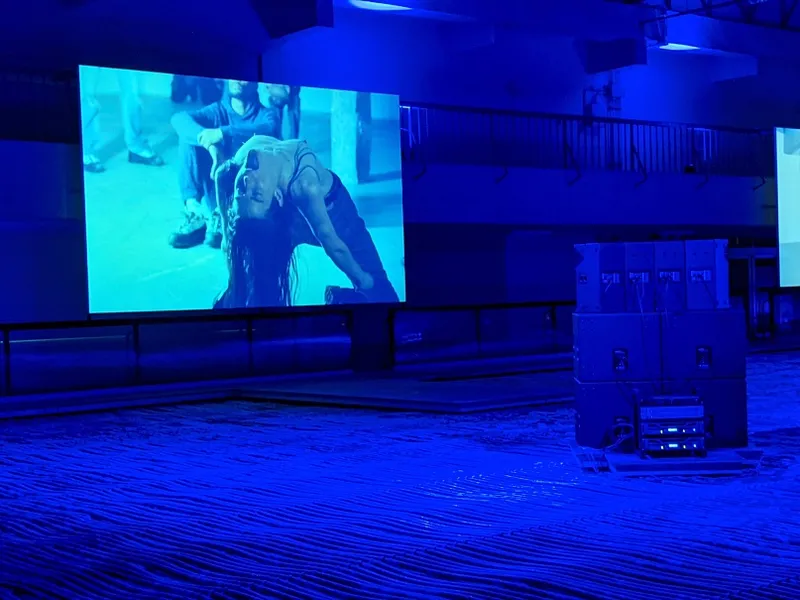

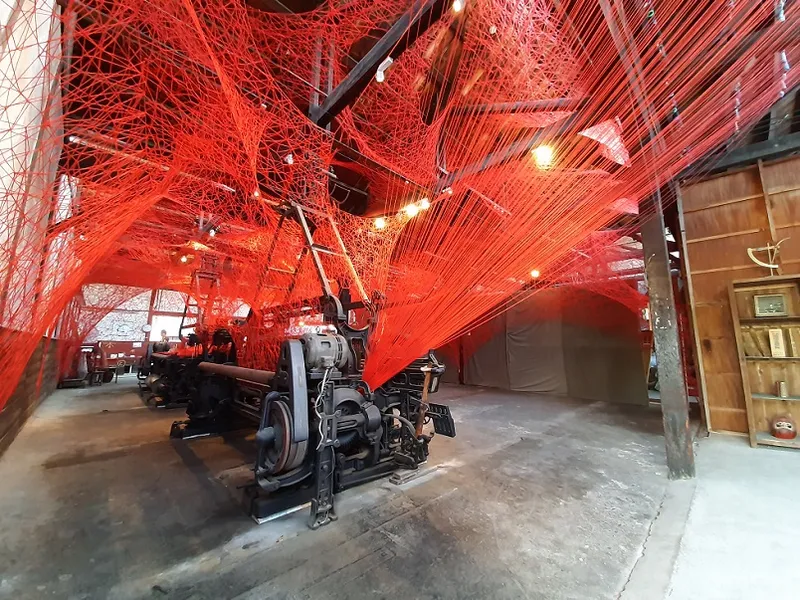
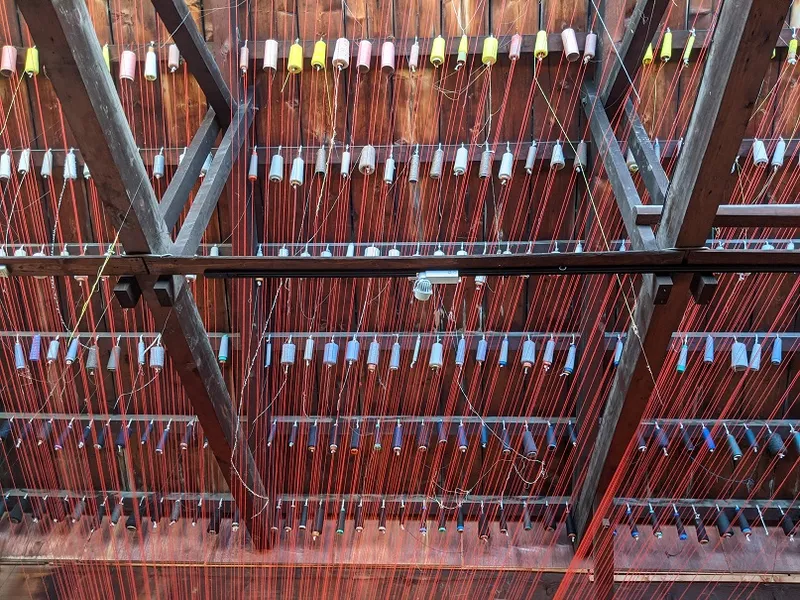
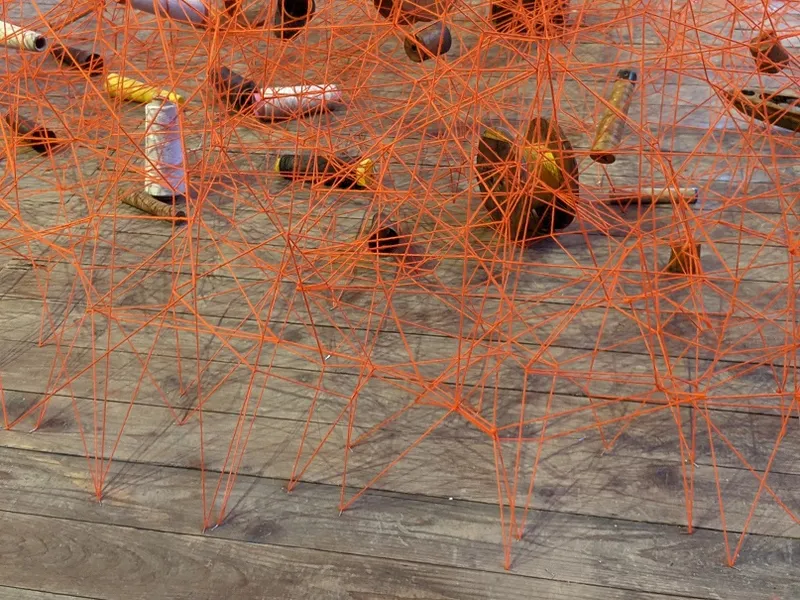
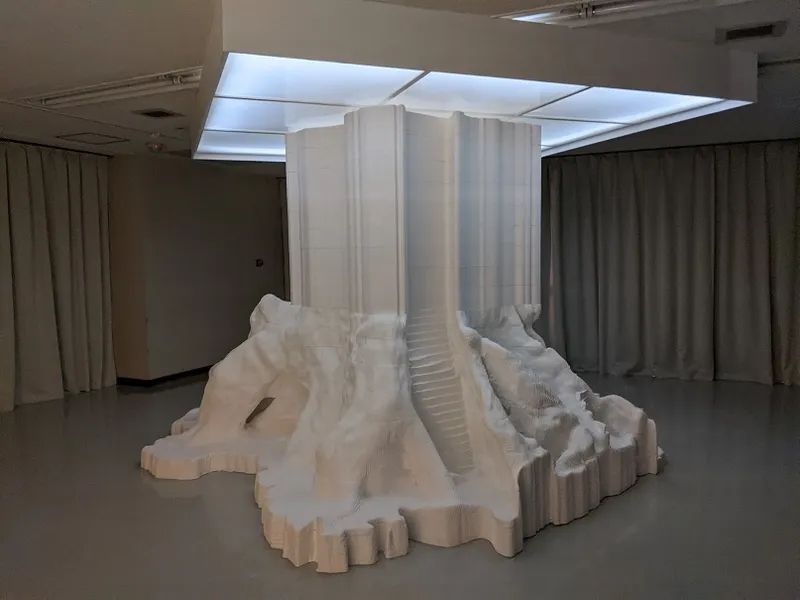
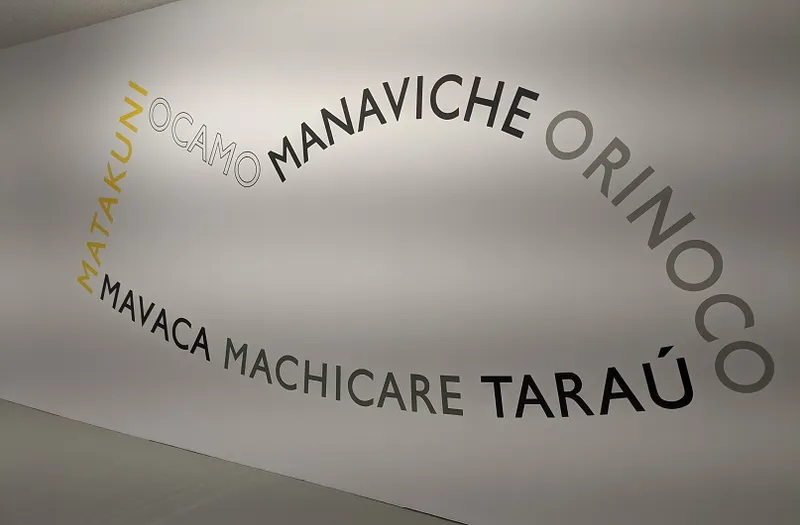
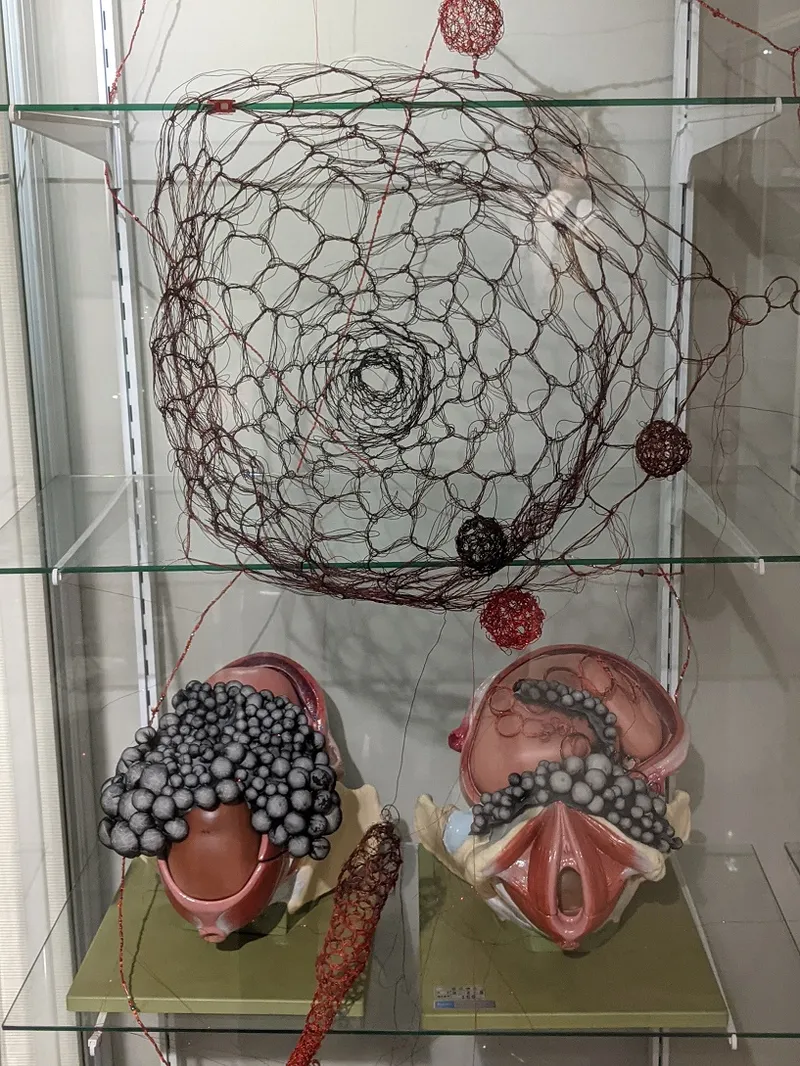
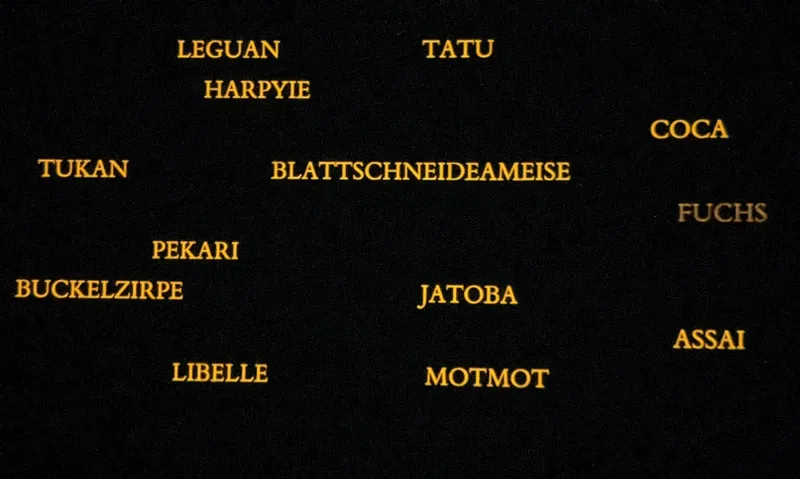
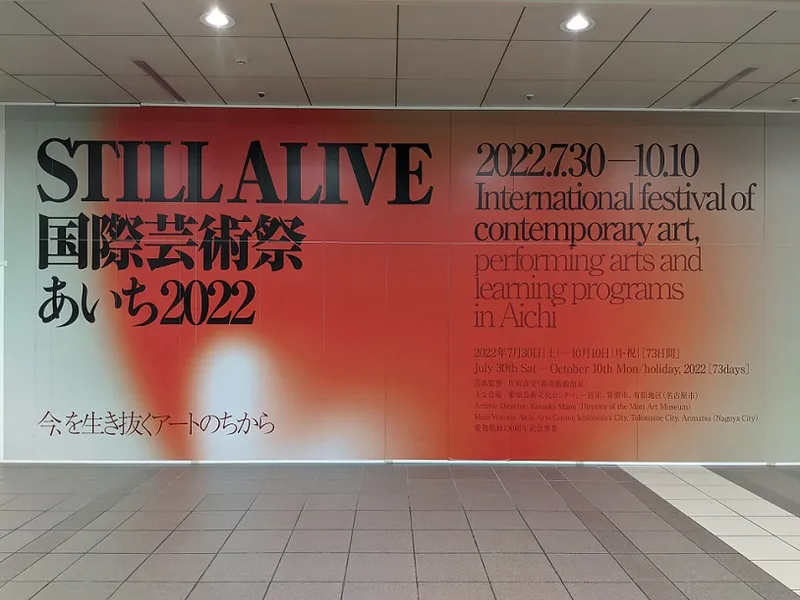
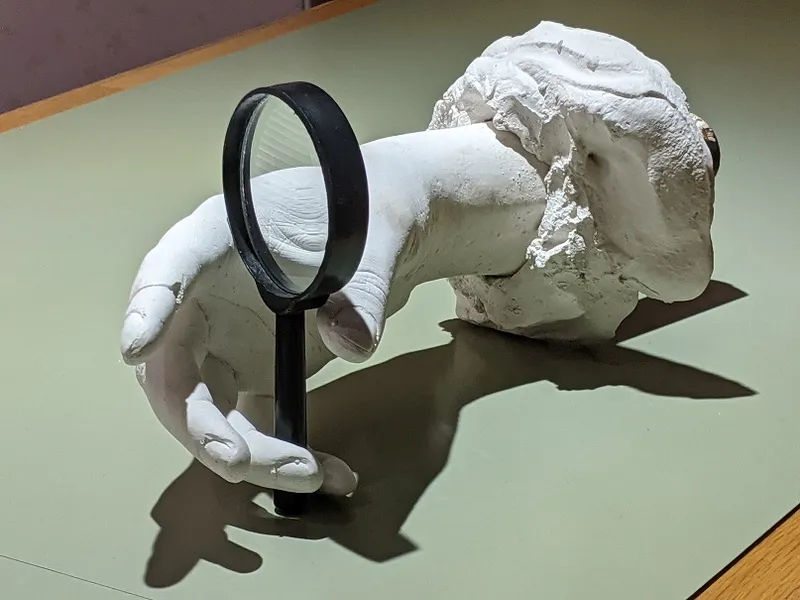

(All exhibition photographs were taken by Madanmohan Rao on location at the Triennale.)
See also the YourStory pocketbook ‘Proverbs and Quotes for Entrepreneurs: A World of Inspiration for Startups,’ accessible as apps for Apple and Android devices.
Edited by Suman Singh







